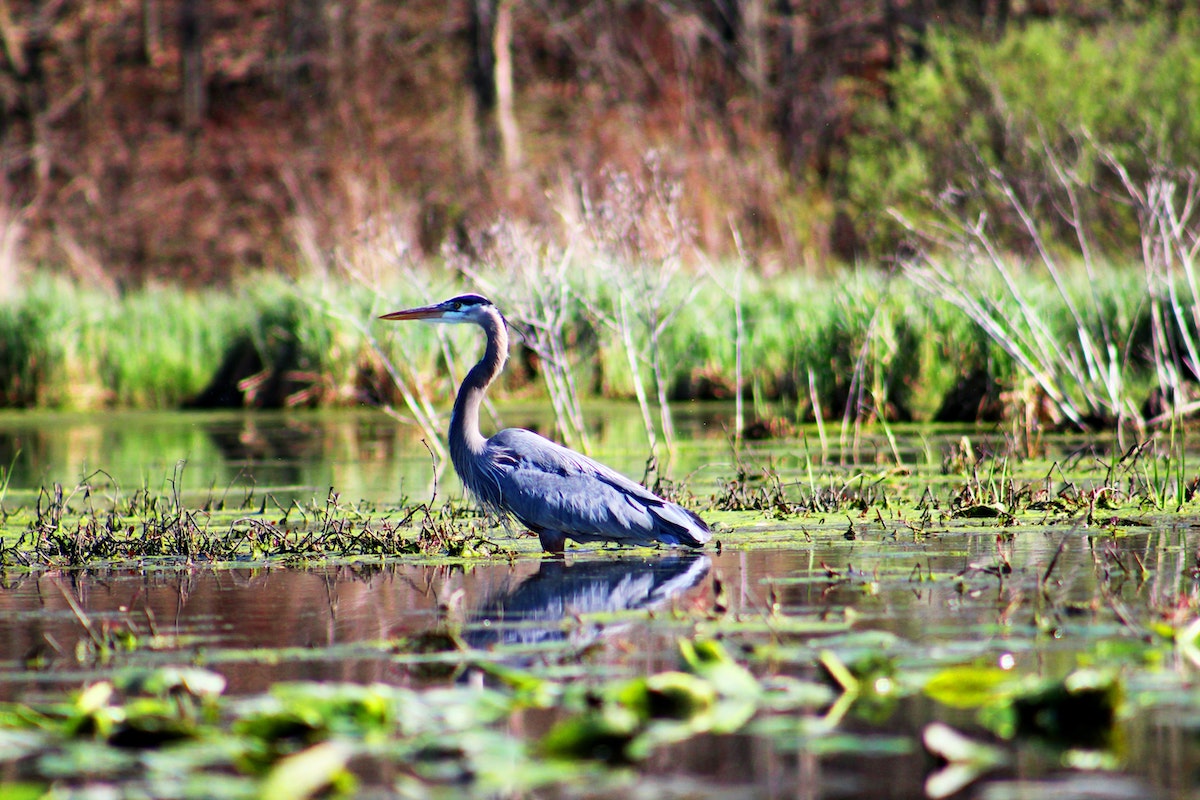Floodplain Restoration
In Response to Climate Change, California Is Looking to Nature’s Patterns

Water policy in the Western U.S. has always been a contentious issue. Changes in water management, however, are slowly happening. For example, an increasing number of dams are being deconstructed where environmental, safety, and Indigenous-cultural impacts outweigh the benefits of hydropower, flood control, irrigation, or recreation. Dams across the U.S. have an average age of more than half a century, and many pose a growing safety risk. Power production from dams is becoming less economically viable as costs of solar- and wind-generated electricity fall.
More recently, the issues of water wastage and flood control from dam removal are being offset by allowing rivers to return to more natural flow patterns. Floodplain restoration is occurring along the Mississippi River and in Washington State, but California is rethinking how rivers flow even more broadly and leads with an additional emphasis on ecological health as climate change alters the environment. Carefully selected types of woody trees and shrubs are being planted in restored floodplains to enhance wildlife habitat and attract native species.
California’s largest floodplain restoration project, the 2,100-acre Dos Rios Ranch Preserve in the Central Valley (at the confluence of the Tuolumne and San Joaquin rivers), is removing levees so that when heavy rains occur, the rivers can overflow their banks and revert to their historic floodplains.
The state is prioritizing these types of projects to lower risks to homes and property while boosting wildlife habitat, improving water quality, and potentially recharging groundwater supplies. As climate change leads to higher temperatures, mountain snowpack that typically trickles into the watershed will likely increase river flows and flooding. The growing risk to cities like Sacramento and Stockton, both built in floodplains, is alarming experts. Not only are California’s dry periods getting drier, but scientists are expecting wet periods to get wetter.
The update to the Central Valley Flood Protection Plan, just being released, puts a premium on floodplain restoration to reduce risk to 1.3 million people who live in floodplains. Unlike in the contentious world of most California water policy, there is wide agreement on the value of restoring floodplains, which can also reduce one concern attached to dam removal projects. There is good funding news: The Biden infrastructure bill earmarks $1.75 billion for projects designed to reduce flood risk.
California officials initiated Central Valley flood planning only a decade ago, but in this short time have established the state as a leader, if not the leader. Since the 1850s, 95 percent of Central Valley wetlands and river habitats have been lost. Restoring all of that will be impossible, but the state is starting to reclaim some of these losses.
Support the Santa Barbara Independent through a long-term or a single contribution.



